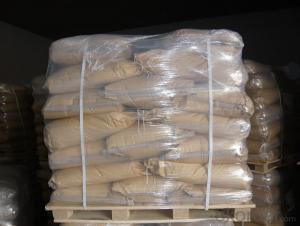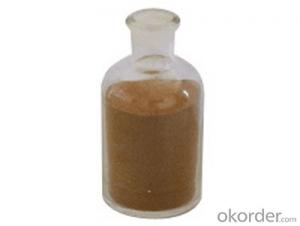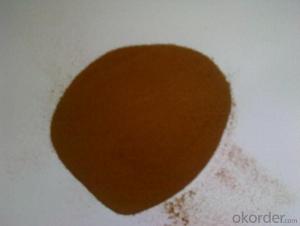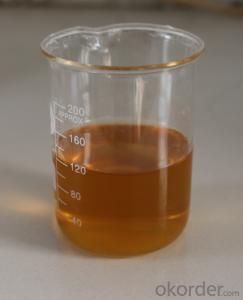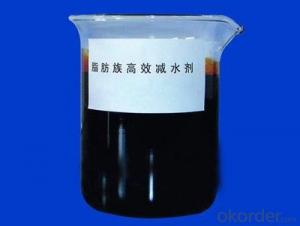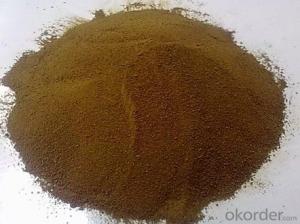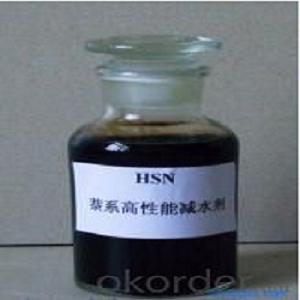Chemicals That Can Cause Blindness
Chemicals That Can Cause Blindness Related Searches
Chemical In Agriculture Chemistry Of Paint Pigments Chemicals At Home Industrial Pigments Cleaning Substances Steel Cleaning Chemicals Chemical Dop Horizontal Window Blinds Abrasive Compound Computer Reading GlassesChemicals That Can Cause Blindness Supplier & Manufacturer from China
Chemicals That Can Cause Blindness is a category of hazardous substances that pose a significant risk to vision and eye health. These products, such as certain acids, alkalis, and solvents, are known for their potential to cause severe eye damage or even blindness upon exposure. They are commonly found in various industrial and laboratory settings, where proper handling and safety precautions are crucial to prevent accidents.Chemicals That Can Cause Blindness are used in a wide range of applications, including manufacturing processes, cleaning and sanitation, and scientific research. In these scenarios, it is essential to understand the specific properties and hazards associated with each chemical to ensure the safety of workers and the general public. Protective equipment, such as safety goggles and gloves, should always be worn when handling these substances, and proper ventilation and emergency protocols should be in place to minimize the risk of exposure.
Okorder.com is a reputable wholesale supplier of Chemicals That Can Cause Blindness, offering a vast inventory of these products to cater to the needs of various industries. As a trusted provider, Okorder.com ensures that all chemicals are sourced from reliable manufacturers and are stored and shipped in accordance with safety regulations. This commitment to quality and safety makes Okorder.com a preferred choice for businesses and institutions seeking to procure these potentially dangerous substances.
Hot Products
